What makes the best bed on a canoe trip? Some say a thick pad in a tent. Others swear by a hammock. Still others are partial to the ground itself, cowboy camping out in the elements next to the fire. We think one of the very best sleeps you can get in the backcountry, though, is in your canoe itself.
There are a couple of options for sleeping in a canoe—you can pull your boat up on shore or float it in the water. The onshore method can be used in almost any situation, whereas sleeping on the water is best reserved for very particular conditions: calm, clear and moonlit nights well outside of high bug season.
We’ll go over some tips for having the very best experience as you hunker down in your canoe for the night.
Get the best backcountry sleep ever—in your canoe
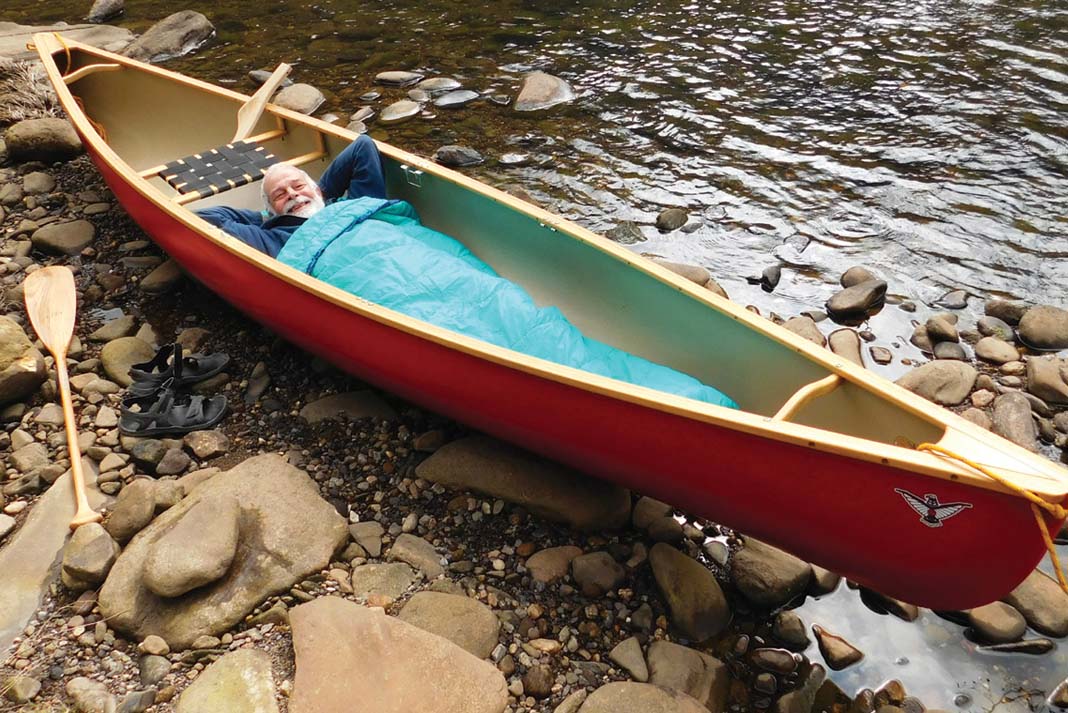
Sleeping on land
If you’re opting to sleep on solid ground, go ahead and pull your canoe up on shore. As with setting up a tent, finding a level spot to sit your canoe is best. However, the beauty of sleeping in a canoe is you don’t have to worry about rocky, uneven or muddy ground.
You’ll want to lay a sleeping pad and sleeping bag in the boat. But here are some tips for modifying your sleeping arrangement depending on the conditions:
- If it’s buggy, drape a mosquito net over the boat
- If it’s raining, string up a tarp
One problem you might encounter is being able to squeeze under the thwarts. If it’s a tight fit, you can easily solve this by installing a quick-release method for taking the thwarts out.
Here are two ways of doing so:
1 The wing nut method
Simply remove the factory nuts that come on the bolts holding the thwart to the gunwales, and replace them with wing nuts, which are readily available at hardware stores. To open up the boat for sleeping, twist the wing nuts off and tap out the thwart. If the original bolt holes through the thwart are tight, drill them slightly larger. “The downside?” you ask. In the morning when you put the wing nuts back on, you’ll have to stand on your head to see what’s going on under there.
To avoid standing on your head, use the second method.
2 The wire lock pin method
Call it WLPM for short. Here’s how to make it work.
- Remove the factory hardware on the thwart/gunwale connection.
- Bolt two right angles of aluminum under the gunwale so they snug up on either side of the thwart.
- Drill a 5/16-inch hole horizontally through the angles and the thwart.
- Insert a “wire lock pin.” When you push the pin in, it will securely connect the end of the thwart to the right angles and thus to the gunwale. When you pull it out, the thwart comes loose.
You may be able to buy suitable right angles, but it’s straightforward to make your own. The ones pictured here are 1.5 inches long and were cut off a stalk of “one-inch aluminum angle,” sold in the hardware stores in three-foot lengths.
A hacksaw or a carbide saw blade cuts the aluminum like butter. Be sure to wear safety glasses when doing this and sand smooth any sharp edges. As for the wire lock pins (1/4-inch × 2.5-inch), they are typically used to hold implements to tractors. These ones were found at a farm supply store.
The only tricky part of the installation is drilling the 5/16-inch hole for the wire lock pin straight through the center of both angles and the thwart. It helps to clamp everything tight.
In these photos, the extra holes you see in the gunwale are from the original factory bolts.

Sleeping on water
If literally drifting to sleep sounds like heaven to you, you might try anchoring your canoe just off the shore of your campsite. As with the onshore method, you’ll want to lay a sleeping pad in the bottom of your boat.
Here are some other tips:
- As previously stated, it’s best to pick a calm, clear, moonlit night outside of high bug season. Expect to bundle up a little warmer than when sleeping in your tent. A small lake or sheltered bay in the backcountry is the perfect location.
- Drop anchor close to shore. Easily make your own anchor by putting a rock in a stuff sack attached via a rope to your thwart. Don’t use too large a rock. The last thing you want to do first thing in the morning is haul up a big boulder that seems intent on taking you for an eye-opening dip in the lake.
- While sleeping, your low center of gravity will make for a very stable canoe, but it is always wise to wear your PFD on the water. You will barely notice it once you get tucked in beneath the Milky Way.
- Even if you plan to sleep in your boat all night, make camp on shore. Set up your tent, and build—but don’t light—a quick-start fire. If you wake up damp from a cool morning mist, it’s nice to be able to paddle to shore, light a match and get a fire going right away. By having your tent set up and ready to go, you’ve got a shelter should the weather take an unexpected turn.
- Mark your campsite with a large piece of reflective tape in a visible spot. If for some reason you have to paddle to shore in the night, one shot from your headlamp will show you the way to go.
Sweet dreams!
Kick back and imagine the possibilities. | Feature photo: Tim Carstens



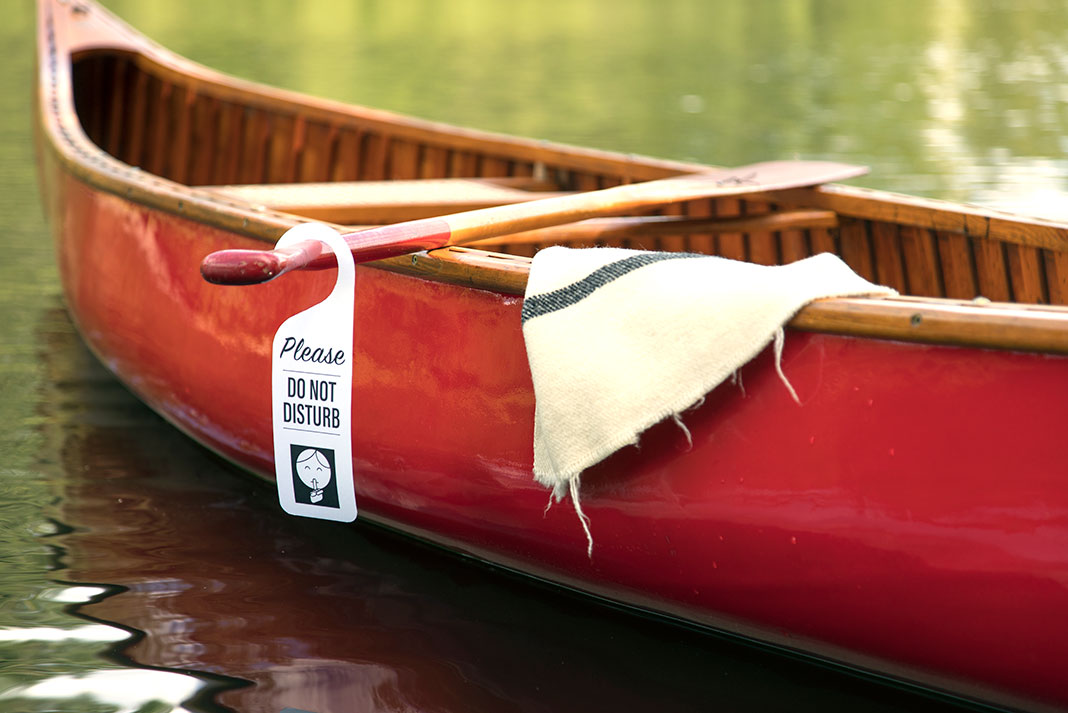
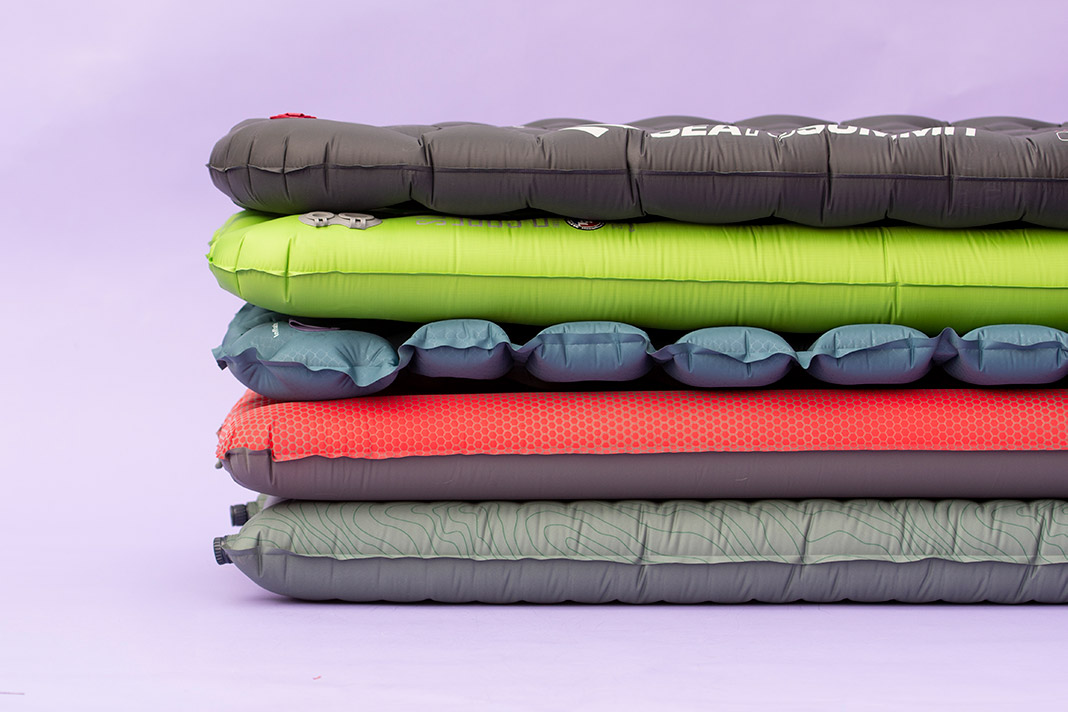

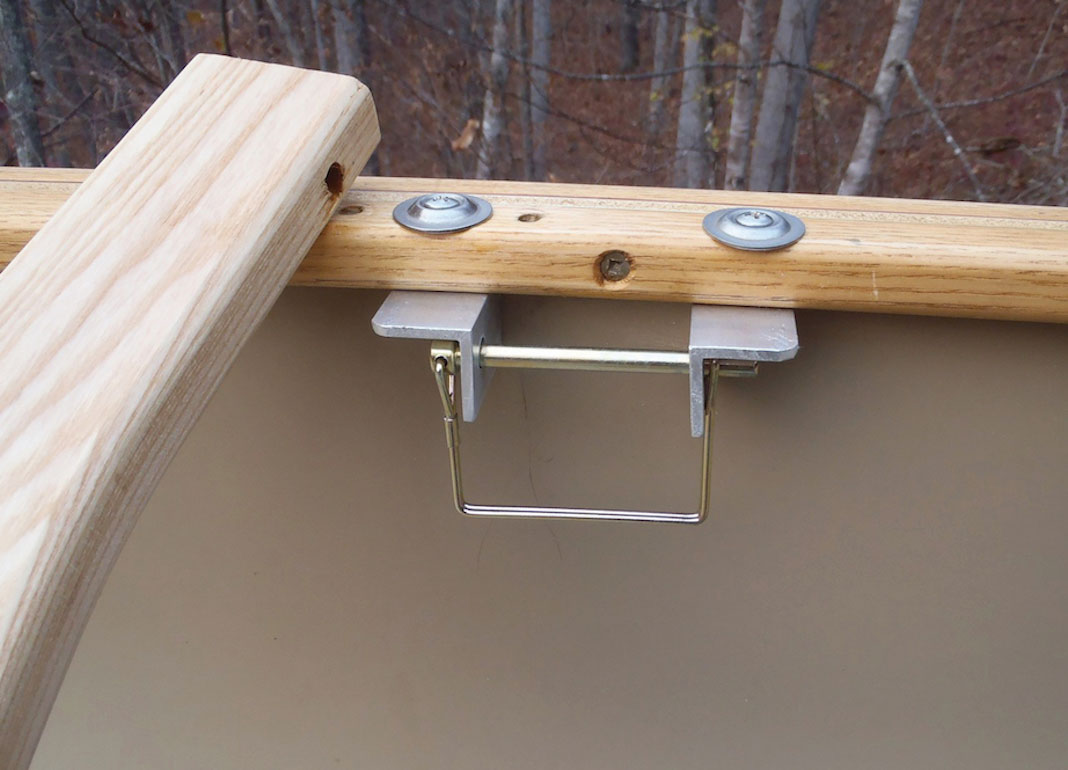
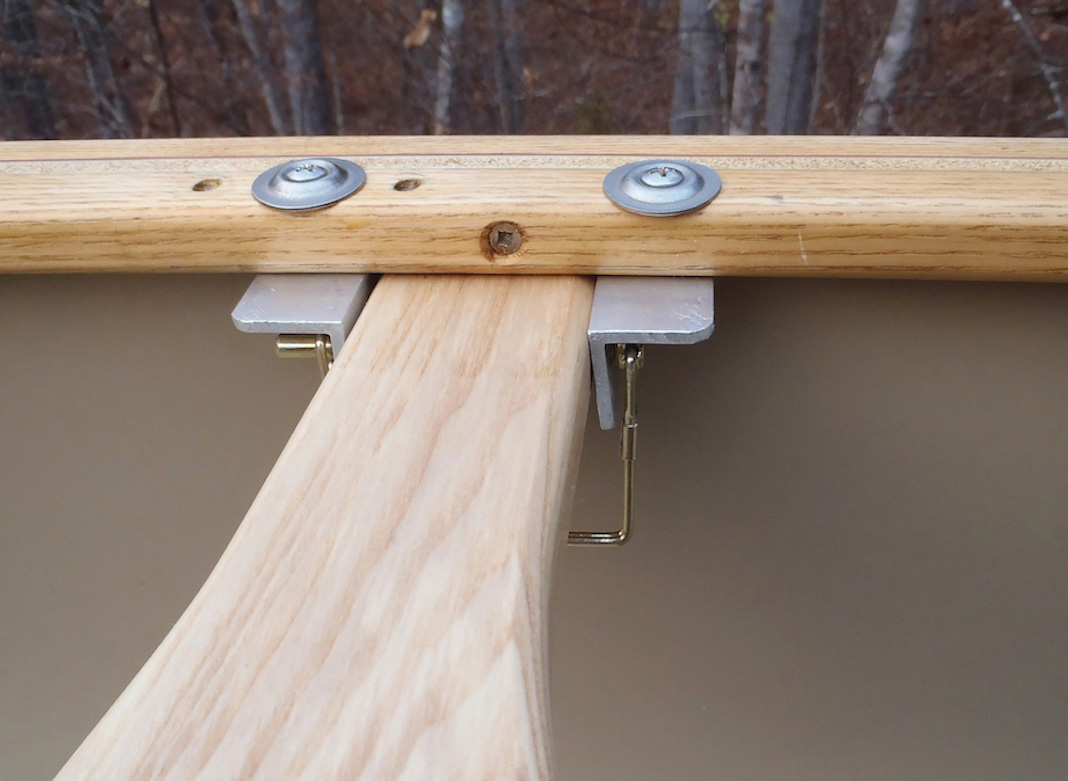
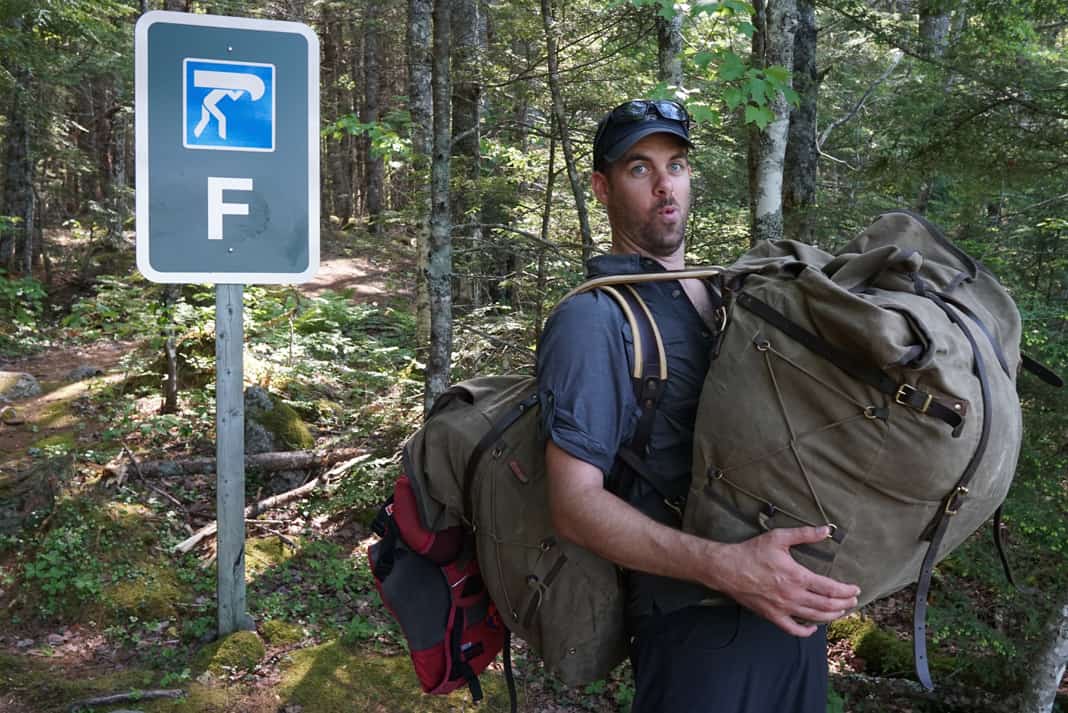
 This article was first published in the Early Summer 2017 issue of Canoeroots Magazine.
This article was first published in the Early Summer 2017 issue of Canoeroots Magazine. 


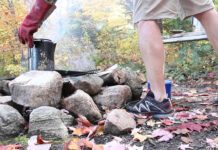
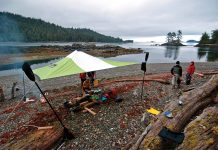

Okay, who has done this? Who has slept in their canoe offshore? I was considering using a pontoon (or an inflatable kayak) and two outrigger poles, then stretching a catamaran trampoline between the outriggers to support a small tent. It would take some thoughtful engineering for attachment points, etc. but not too difficult.
While there are a large number of rivers and waterways, there are not many places to camp on shore without upsetting the locals, and the very few available campsites are expensive and cater more to land vehicles. The idea of anchoring near the shore (which is legal), making a few adjustments to the canoe, and drifting off to sleep without having the worry of needed to find a campsite sounds like a great solution. So, who else has done this?
I tried once as a teenager. I lasted until about 2am and got cold.
I slept in 2019 for 4 days on the water with my sailing canoe…I had a stabilizers and a small built-in cab with a mosquitos net it got to be chilly after 3am but has not stopped me of enjoying 4 day trip. I was in Algonquin Park Ontario Canada. This year will do the same but am going for a longer time and more on water sleeping with a few new add ons on a sleeping cab on the sailing canoe…
We did it about 1996, on the Mississagi I think, in two solo canoes with sliding seats. The campsite we had intended to use had some loud, apparently drunk people there, and we didn’t want to camp by them, so we continued down the lake. But there were no more possible sites, the shore was brushy and marshy, and as the lake became a river again we could hear rapids ahead and it was getting close-to dark. So the best choice was to tie-off to the bushes and bunk-down in the canoes. It was the best choice at the time, and it worked, but I don’t think we’d plan it that way if we were planning in advance.
And every potential partner I’ve told this story to since then has said, “Don’t put me in a position where we have to do that.”